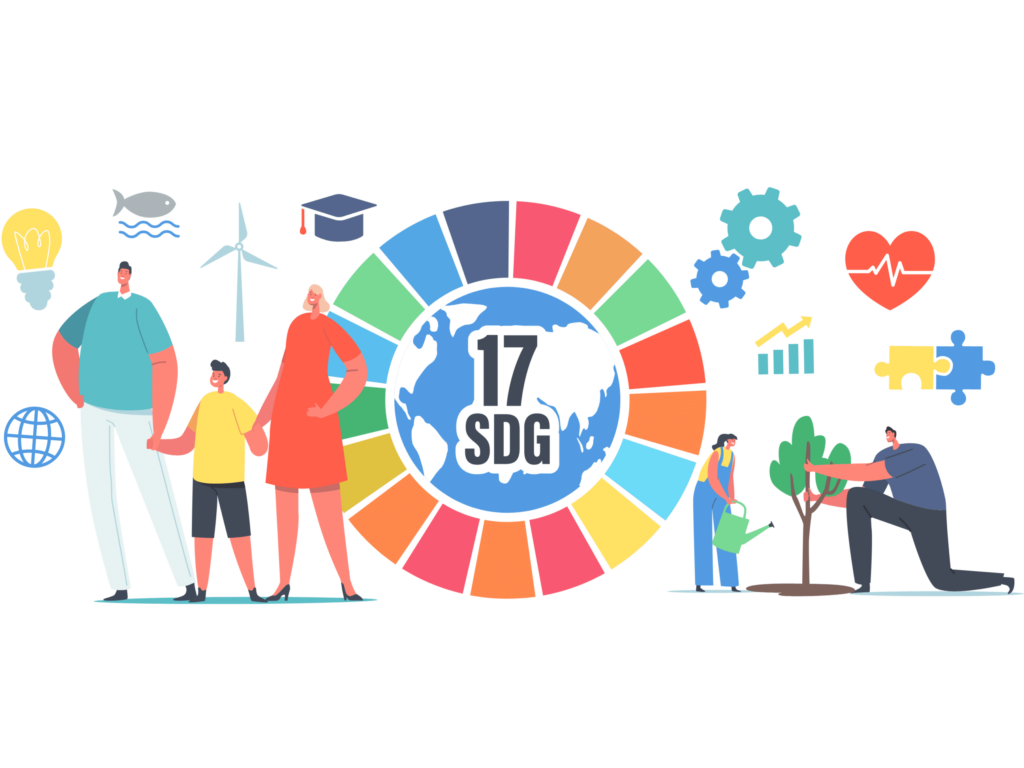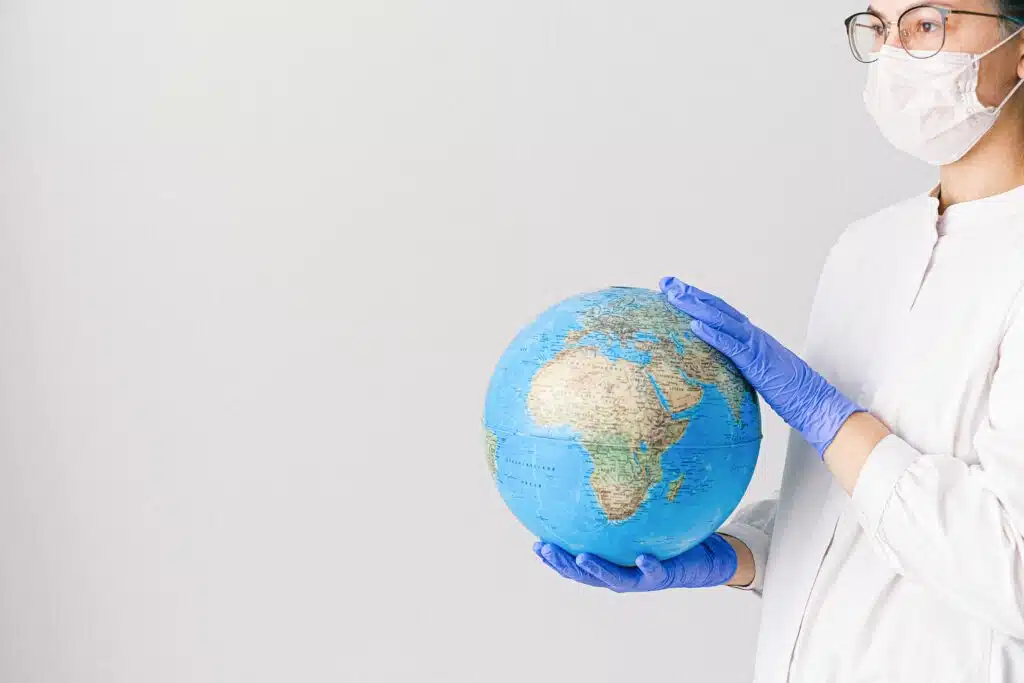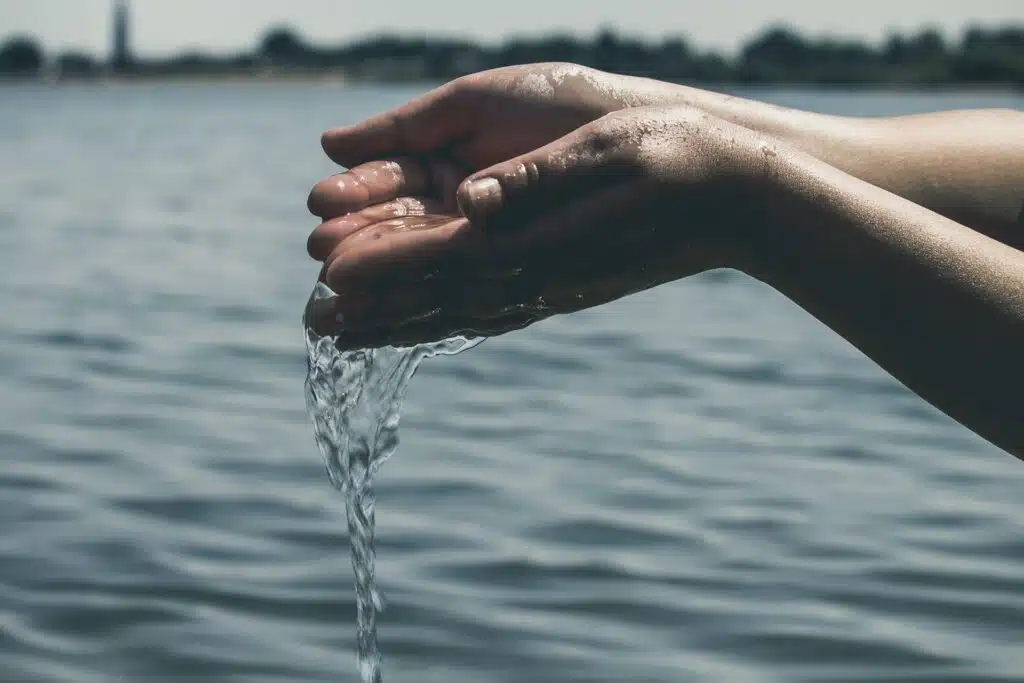Vacation is one of the best times of the year. We want to enjoy ourselves and not think about the downsides of traveling. These are brought about by mass tourism: greenhouse gas emissions, increasing pollution and more consumption of resources. The Corona era slowed down the travel industry, but it has now almost completely recovered. Air passenger traffic, for example, could return to pre-Corona levels this year.
Flying
The choice of transport is crucial for the carbon footprint of a vacation trip, because most CO2 emissions in tourism occur during the journey to and from the destination. Therefore, the rule is: only fly if absolutely necessary. A round-trip flight to/from Thailand in economy class, for example, causes just under 3 tons of CO2. Three tons of CO2 is the amount that a person is allowed to produce in an entire year if global warming is to be stopped at well below two degrees. This was explained by the renowned climate researcher Hans Joachim Schellnhuber of the Potsdam Institute for Climate Impact Research. However, we are still a long way from achieving three tons of CO2 per year in Germany. On average, each of us produces between eight and ten tons. Reducing the number of personal flights is the most important way to protect the climate in the area of mobility. It is therefore advisable to consider less frequent but, if necessary, longer vacations.
Cruises
Cruises should also be avoided. For example, the environmental performance of European cruise ships is generally rather poor. NABU’s current cruise ranking, for example, shows that the largest cruise companies on the European market still do not give high priority to environmental and climate protection. Heavy oil continues to dominate the choice of fuel for the majority of existing fleets, and soot particle filters are also the exception. A 14-day Mediterranean cruise, for example, already generates 3.5 tons of CO2 per person. The journey to the port of embarkation and the return journey usually have to be included in the calculation.
Sustainable alternatives
Germany and Europe can be easily traveled by train or bus. More than 30,000 destinations in over 33 countries: with the Interrail Pass, for example, you can travel across Europe on almost all trains. Night trains are also a worthwhile alternative. With car trains, you have unlimited mobility at your destination, but unfortunately many connections have now been cancelled. Perhaps this more climate-friendly form of travel will make a comeback.
Of course, the most sustainable way to vacation is on your own doorstep, and it’s often more exciting than you might think. A great experience, for example, can be traveling by bike to nearby vacation spots, even in combination with a train ride. More information on sustainable travel is available, for example, at www.fairunterwegs.org.
For orientation, there are now numerous sustainability seals of approval that distinguish a wide range of offerings – from restaurants and accommodations to beaches, nature parks and entire regions. An overview can be found at https://tourismus-labelguide.org/labeluebersicht/, among other places.
Tips for a sustainable vacation
Traveling at a leisurely pace, preferring the local, allowing for surprises, reducing CO2 emissions and paying the right price – traveling like this leads to travel happiness. <br/>
Traveling leisurely means taking your time, staying longer in one place and really immersing yourself instead of rushing from sight to sight. Preferring local means, for example, booking small, family-run accommodations owned by locals. Or shopping at street vendors and markets instead of international chain stores, and buying local products, souvenirs and takeaways from local crafts. If you allow for surprises, you will sometimes experience more. So even plan times without a plan, make a short to-see list or let chance be your guide. The hotspots are often overrated and overcrowded, which is why it’s worth seeking out alternative sights. Reducing CO2 emissions when traveling to and from the destination, as well as limiting the use of resources on site, helps to reduce the impact on the environment and the local population. With bargain travel, the price is often not right, because then someone else pays for it – too cheap is suspicious. Orientation to sustainability seals of approval also help to pay the correct price.
Ready for your next trip? Have fun planning your sustainable vacation!
SDG Goals – The Sustainable Development Goals
No more poverty, clean energy and a good environment. Explore the journey of the Sustainable Development Goals (SDG), a global initiative adopted by all 193 UN member states in 2015. Discover all 17 goals and how they can help to achieve a better future for all.
Planetary Health – Climate Change & Health
It’s getting warmer – the effects of climate change are increasingly noticeable. The changes in the environment, climate and weather are also affecting us humans and our health. Heat-related deaths, spreading tropical diseases, and malnutrition are just a few examples of the health-threatening risks of climate change. Find out how global warming and health are linked in this article.
Water as a valuable resource
In everyday use, water is a matter of course. Whether it’s for drinking, cooking or washing, you can’t do without it. It is therefore hardly surprising that a person living in Germany uses an average of 130 liters of water per day. When turning on the tap, one rarely asks oneself where it comes from and how long it will be available in these seemingly infinite quantities.
In this article, you can find out how valuable water is as a resource, what accounts for the highest consumption in everyday life, and how water can be saved.







